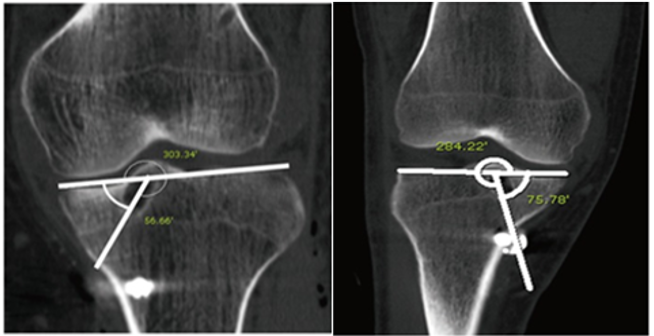Abstract
The knee joint is a hinge variety of modified type of joint. The anatomical structure of the knee joint is formed by the upper part of the tibia and the lower end of the femur through the femoral condyles. The knee joint is sup- ported by many ligaments for the stability of the joint and the ACL serves the most for the stability of the knee joint. ALL ligament which was found that this is structure also plays an important role in the stability of the knee joint, and hence this will, in turn, improve the recovery in the ACL rehabilitation. The study was done in Saveetha medical college and hospital. The sample size was 10 samples undergoing ACL rehabilitation. The duration of the study was 3 months. Inclusion and the exclusion criteria were postulated, and hence the sample was selected based on that for the study. The sample was divided into two groups. The control group received the conventional ACL rehabilitation, and the experimental group received the exercise for the ALL along with conventional ACL rehabilitation. The data were collected and statistically analyzed. The outcome of the treatment depicted that the experimental group has better ROM and Muscle power than the control group. The study concludes that we have both the ACL and ALL management during the ACL rehabilitation then Muscle power and the ROM will increase and improve the stability. Hence this study suggests that we need to have ALL management during the ACL rehabilitation.
Full text article
Authors

This work is licensed under a Creative Commons Attribution-NonCommercial-NoDerivatives 4.0 International License.

